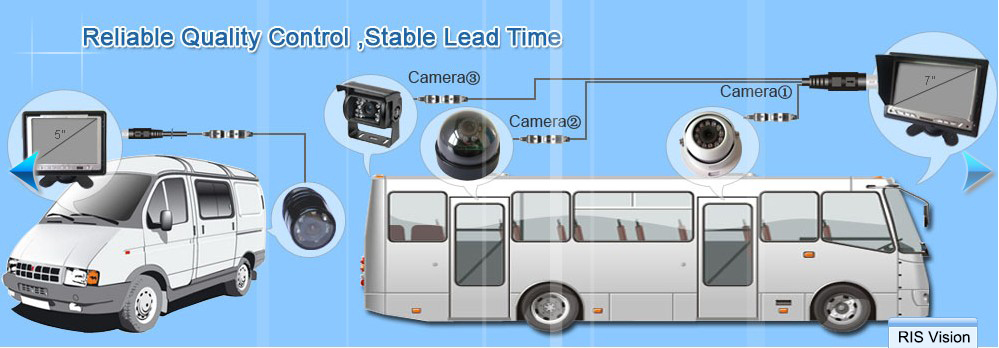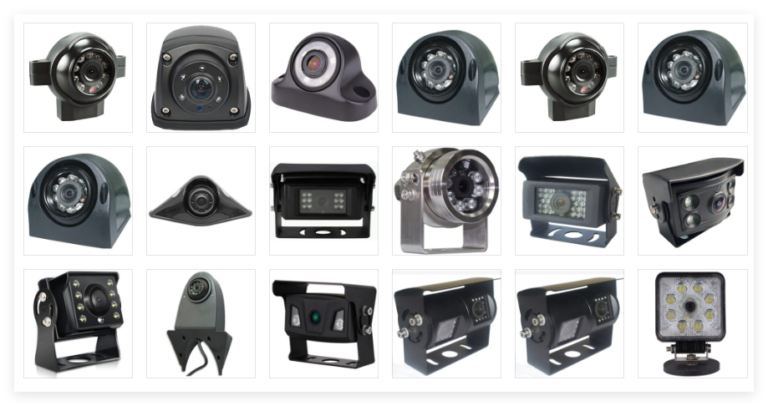Backup cameras have become an indispensable feature in modern vehicles, offering enhanced visibility and safety. These cameras, mounted at the rear of a vehicle, provide a clear view of what’s behind you when reversing. This added visibility is crucial for preventing accidents and improving overall safety.
A backup camera, also known as a reversing or rearview camera, is mounted on the rear of a vehicle to provide drivers with a clear view of the area behind them. This visibility helps prevent collisions and accidents when reversing, offering more safety than relying solely on mirrors or turning one’s head.
Understanding how backup cameras work and their benefits can significantly enhance your driving experience. Here’s a detailed look into their purpose, functionality, and the advantages they offer.

What is the Purpose of a Backup Camera?
Backup cameras are designed to display the area directly behind a vehicle when it is in reverse. This system aims to prevent drivers from backing into obstacles or pedestrians that might be out of sight. By providing a live feed of the rear view, these cameras help drivers make safer decisions and avoid potential accidents.
Do Backup Cameras Record All the Time?
Generally, backup cameras are not designed to record continuously. Unlike dash cams, which capture footage while driving, backup cameras activate only when the vehicle is in reverse. Their primary function is to assist drivers with visibility while backing up, not to record ongoing video.
What Are the Benefits of a Reversing Camera?
- Enhanced Safety: Backup cameras significantly improve your ability to see what’s behind your vehicle, reducing blind spots and minimizing the risk of accidents, especially in tight or crowded spaces.
- Easier Parking: With a clear view of the rear, parking becomes more manageable and precise, helping you avoid obstacles and park safely.
- Accident Prevention: Studies have shown that backup cameras help prevent collisions with stationary objects and pedestrians, making them a valuable safety tool for any vehicle.

Is a Backup Camera Worth It?
Investing in a backup camera is a smart choice for many drivers. Studies have indicated that vehicles equipped with backup cameras are less likely to back over objects or pedestrians. For less than $100, a backup camera offers a significant safety upgrade, enhancing visibility and providing peace of mind.
How Backup Cameras Compare to Other Safety Features
While backup cameras are an excellent addition to vehicle safety, they work best in conjunction with other features like parking sensors and advanced driver assistance systems (ADAS). Combining these technologies provides a comprehensive safety net, ensuring you have maximum awareness and protection while driving.
Backup Camera Laws and Regulations
As of 2018, U.S. regulations mandate that all new vehicles must come equipped with backup cameras. This law aims to improve safety and reduce accidents involving pedestrians and other obstacles. It reflects the growing recognition of the importance of this technology in enhancing vehicle safety.
Summary
Backup cameras play a vital role in vehicle safety by offering clear visibility behind the car, helping to prevent accidents. Investing in a high-quality backup camera can greatly enhance your driving confidence and protect both the driver and those around them.

